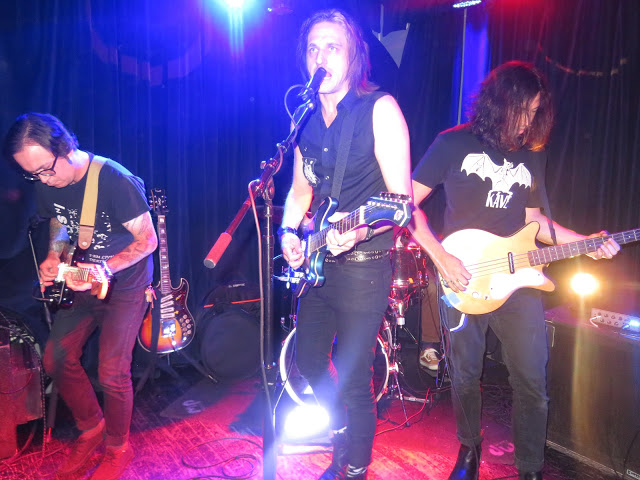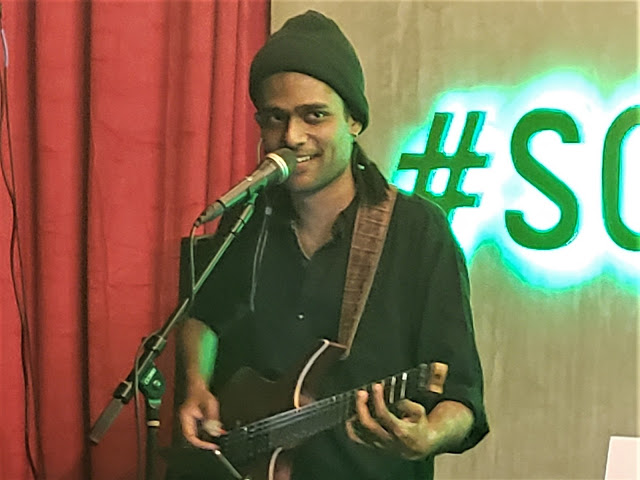Everynight Charley is more than well-versed in the music-tinged nightlife of the Big Apple, so when news broke that the City That Never Sleeps may live up to that name, he was quick to dive into the headline and dissect it from the inside out.
New York City’s Mayor’s Office of Media and Entertainment (MOME) created the Office of Nightlife (ONL) in 2017, and the latter office published its first report this week. The 162-page document presents a record of the activities of the first three years of this new office, including its response to COVID-19, as well as almost two dozen recommendations for the future. Although the exhaustive work covers a plethora of subjects, only one page has attracted media attention. Among its many suggestions, the report proposes experimentation with the creation of 24-hour alcohol-serving “entertainment districts.”
REPORT: 2018 – 2021 says on page 136, “Cities around the world are expanding the way institutions and businesses can operate at night, as limitations on closing hours have pushed late night activity to unlicensed venues, sometimes coming into conflict with residential uses. Uniform closing hours for nightlife businesses can result in groups of people congregating in the street, elevating tensions between patrons and residents. In residential areas, nightlife and music venues can create noise and attract traffic that draws complaints from neighboring residents. Allowing 24-hour use in specified districts, if implemented properly, can help people to move at their own pace and reduce conflicts.
“Amsterdam began allowing nightlife venues to apply for 24-hour licenses in 2012, developing strict criteria for potential applicants that included cultural significance, accessibility to public transportation, and locations without ‘inconvenience to local residents.’ Applicants were also asked to demonstrate commitments to offer additional daytime, mid-week programming with community benefits. Approximately a dozen venues hold this extended hours permit, which allows for safer, more coordinated late-night activity throughout the city.”
ONL recommends identifying potential areas with low residential density where a limited 24-hour program might be tested, allowing late-night activity to operate free from nuisance complaints or other conflicts. As its next steps, ONL will work with the Department of City Planning (DCP) and other agency partners to explore potential areas for the implementation of this proposal.
The report also includes recommendations to support New York City nightlife in the future. These items largely have escaped mention by the media. The recommendations include:
- Offering a one-stop-shop approach to licensing venues
- Reforming how complaints are assessed
- Creating incentives for improved soundproofing
- Promoting consent awareness and harm reduction programs
- Creating programs to support independent venues and events

The City That Never Sleeps
Late shows have been a staple of music venues for decades. Beginning in 1968, the Fillmore East routinely sold tickets for shows where the first of three bands began at 11:30 p.m. After the Fillmore East closed in1971, the Academy of Music and the Palladium followed the same late show tradition. Steve Paul’s Scene, Unganos, and the Bottom Line – all popular music clubs in the 1960s and 1970s – had concerts starting 11:30 p.m. almost nightly. For the most part, major headliners stopped playing midnight shows by the 1990s, but downtown music clubs continued thriving on late night and early morning clientele.
In recent months, downtown music clubs have begun recovery from their extended pandemic closures. New York State first required alcohol-serving restaurants to close by 10 p.m., then 11 p.m., then midnight. These clubs can now stay open as long as local regulations and licenses allow. Most venues hosting live music to outdoor audiences shut the speakers by 10 p.m. Many venues with indoor audiences are finishing around midnight, but this is gradually expanding. Sour Mouse NYC will have a live band play until 1 a.m. on Friday nights and the Red Lion on weekends has bands that take the stage at 1 a.m. and play until 4 a.m.. This article’s cover photo of Steven Chelliah is just one example of a thriving partnership between artist and venue, as Chelliah plays at Sour Mouse NYC on Fridays until 1 a.m..
The ONL request for 24-hour entertainment districts may remain in the discussion stage for years before any real movement is made. Its first test will be with the new municipal administration that enters City Hall on January 1, 2022. The discussion may be entertained by several administrations before anything happens.
FULL ARTICLE AND PHOTOS BY EVERYNIGHT CHARLEY CAN BE FOUND HERE!



